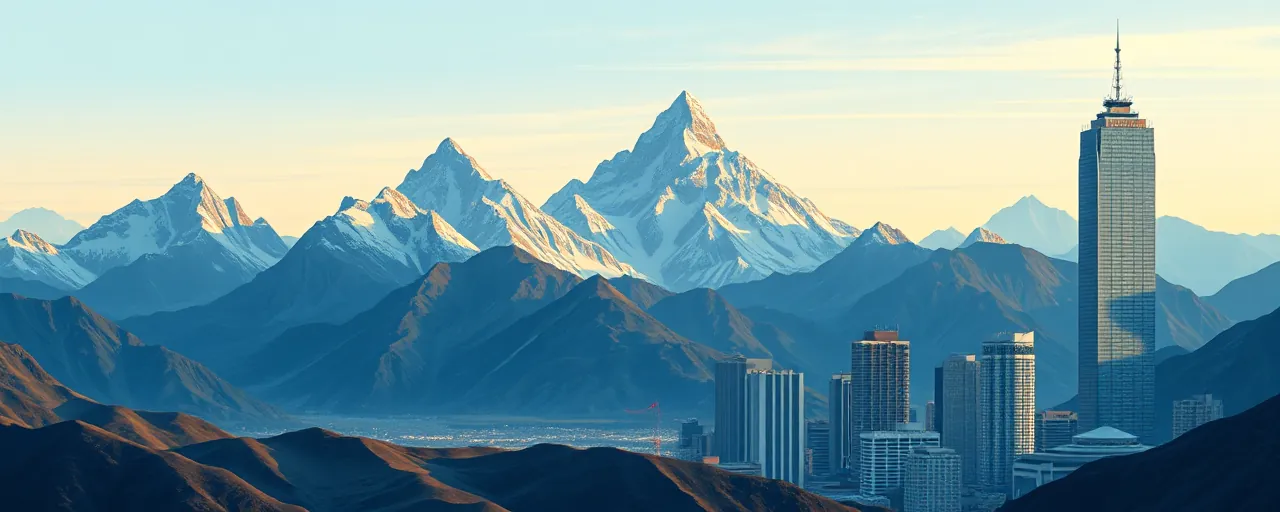A Partnership Nears Two Centuries
The United States and Peru are closing in on a remarkable milestone, with their diplomatic relationship approaching its 200th anniversary in 2026. On April 7, 2025, Deputy Secretary of State Christopher Landau sat down with Peruvian Foreign Minister Elmer Schialer in a meeting that underscored the enduring ties between the two nations. Their discussion, held against a backdrop of shared history, tackled pressing issues like migration, crime, and economic collaboration. It’s a partnership that’s weathered political storms and economic shifts, and this latest encounter signals a renewed push to address today’s challenges head-on.
Landau praised Peru’s recent moves to tighten its borders, a nod to the country’s efforts to manage the flow of migrants crossing its territory. The talks also ventured into strengthening investment and trade, areas where both nations see tangible benefits. Beyond bilateral matters, the conversation touched on broader regional hurdles, including the fight against criminal networks that span borders. For readers new to the diplomatic scene, this meeting offers a glimpse into how two countries, linked by geography and history, navigate a complicated world.
Cracking Down on Migration and Crime
Peru’s borders have become a frontline in the battle against illegal immigration, with the government stepping up its game in recent years. Since 2023, authorities have rolled out tougher security measures, including a state of emergency that brought soldiers to patrol alongside police at crossings with Chile, Bolivia, and Ecuador. The aim? To stem the tide of migrants, many of whom are fleeing crises in places like Venezuela and Haiti, while also disrupting human smuggling rings. Landau’s appreciation for these efforts highlights a shared U.S.-Peru interest in keeping migration orderly and safe, though some argue the militarized approach risks alienating vulnerable populations caught in the crossfire.
Transnational criminal organizations remain a thorn in the side of both nations. Groups like Venezuela’s Tren de Aragua have stretched their tentacles across South America, trafficking people, peddling drugs, and laundering money with alarming sophistication. The U.S. has slapped sanctions on such outfits, while Peru leans on American support, like the recent donation of nine Black Hawk helicopters, to bolster its defenses. Yet, the challenge isn’t just about firepower. Criminals exploit weak spots in governance and technology, from cryptocurrencies to AI, leaving experts to wonder if enforcement alone can keep pace with their adaptability.
Trade and Investment Fuel Growth
On the economic front, the U.S. and Peru have built a robust partnership that’s paying off for both sides. Bilateral trade hit $20.5 billion in 2023, with the U.S. emerging as Peru’s top job-creating partner, supporting over 1.1 million livelihoods. From American machinery heading south to Peruvian grapes and copper flowing north, the U.S.-Peru Trade Promotion Agreement, now 15 years strong, keeps the wheels turning. Landau and Schialer explored ways to deepen these ties, eyeing infrastructure projects like rail upgrades and aid for small businesses that promise to lift local economies.
The numbers tell a compelling story, but so do the stakes. U.S. investment in Peru topped $6.6 billion in 2023, a figure that reflects confidence in the country’s potential. Still, voices in Peru caution that foreign dollars often concentrate in mining and energy, leaving other sectors hungry for attention. Meanwhile, competition from China’s growing trade presence in Latin America looms large, prompting questions about how the U.S. can maintain its edge without stepping on regional toes. For everyday people, it’s less about geopolitics and more about jobs and prices at the market, a reality both diplomats kept in sight.
A Region at a Crossroads
Zoom out from the U.S.-Peru dynamic, and the Western Hemisphere reveals a tapestry of challenges that demand teamwork. Economic growth limps along at a modest 2%, bogged down by low productivity and informal labor markets. Climate disasters displace families and strain resources, while criminal networks thrive amid fragile institutions. Landau and Schialer’s talks on regional cooperation reflect a recognition that no single country can tackle these issues alone, though solutions remain elusive when priorities differ from capital to capital.
The U.S. sees Peru as a linchpin in the Americas, a stable ally in a neighborhood rattled by inequality and external influence. China’s infrastructure investments and Russia’s geopolitical shadow add layers of complexity, testing the resilience of partnerships like this one. Back in 1826, when the U.S. first recognized Peru’s independence, the threats were simpler, the stakes less global. Today, the two nations are hashing out a path forward that balances security, prosperity, and a shared stake in the region’s future, a task as daunting as it is essential.
